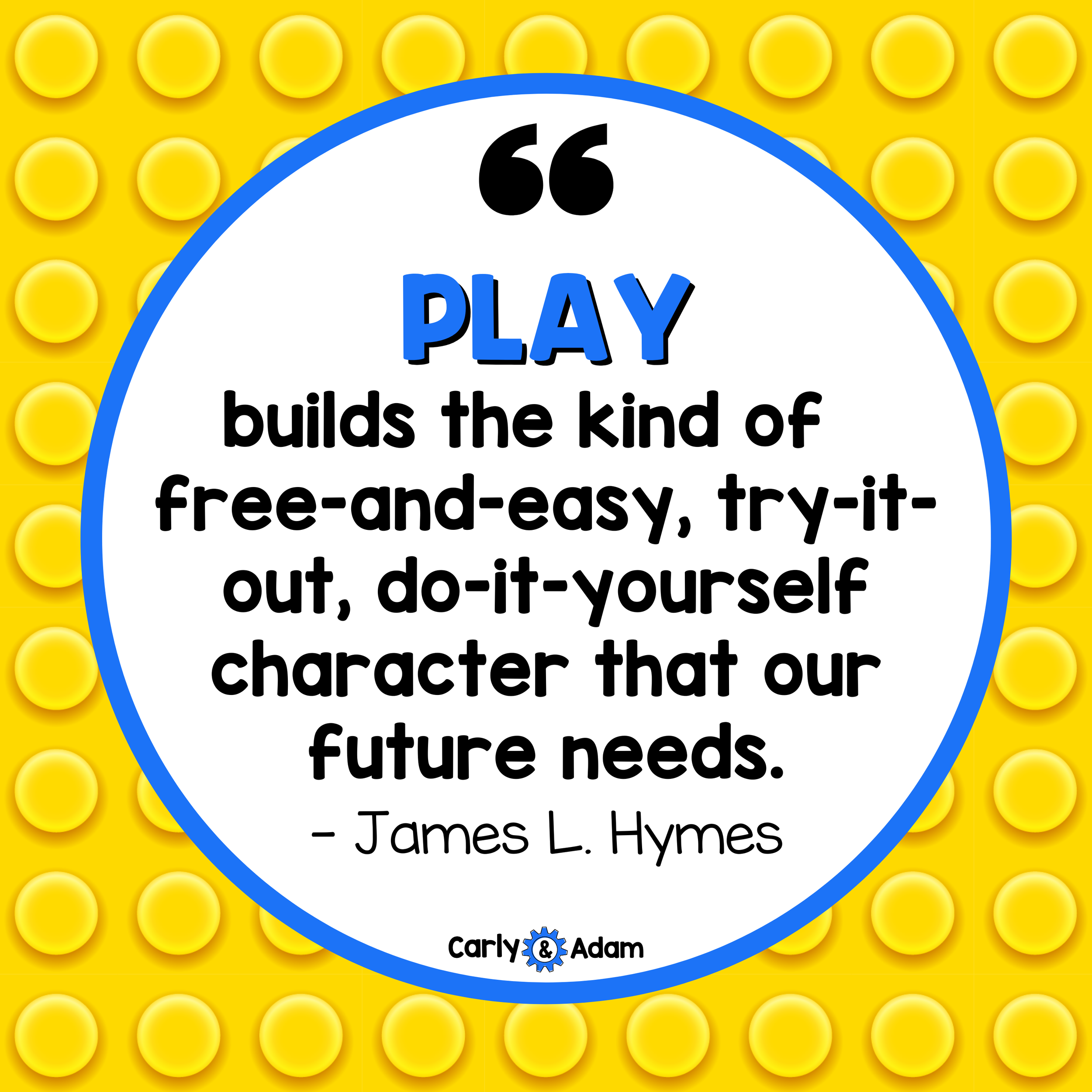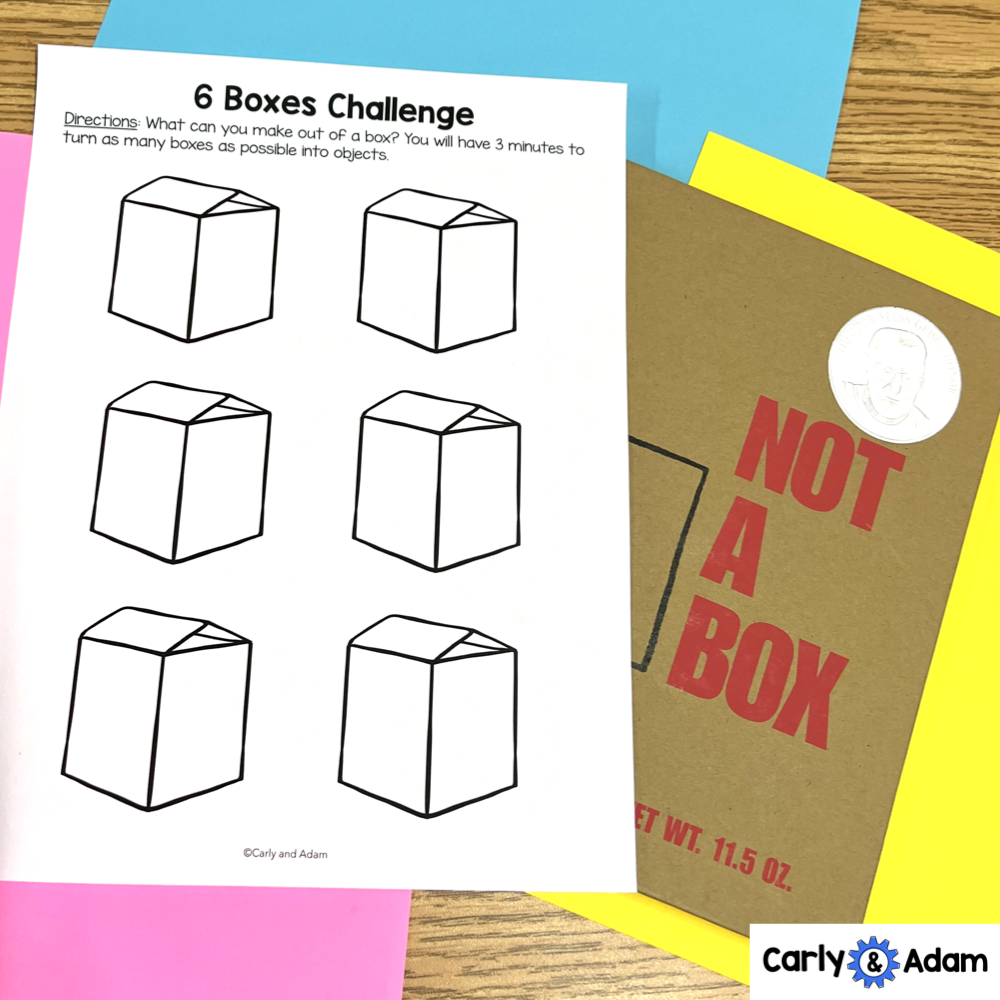4 Ways to Incorporate Play Into Every Classroom
The following is a guest post from Dr. Jacie Maslyk.
James L. Hymes said, “Play builds the kind of free-and-easy, try-it-out, do-it-yourself character that our future needs.” Learning within our schools can also take on this playful spirit, bringing curiosity and fun into our classrooms.
There are many ways to infuse some playful learning into your day. From games to creative expression, and movement, this post will highlight four things that you can incorporate into your plans tomorrow.
1. Game On
Games can be a great way to add some playful energy to your classroom while also building important skills. Social skills like listening to others, making eye contact, and taking turns are all fostered when you sit around a table to play a good old-fashioned board game. Monopoly, Candy Land, Yatzhee, or even a card game like “Go Fish” can be a great way for kids to engage in a game together. Want more active, collaborative games, check out these spring Minute to Win It challenges.
What’s Next:
Check out your local second-hand store to pick up some used board games.
Stop by the dollar store for some decks of cards.
Allocate some time and space for game time (think rainy day recess, “fun Friday”, or center activities).
2. Get Creative
When we include play in the classroom, it can provide a creative outlet for students. Whether using creative materials to express themselves or incorporating imaginative play, opportunities to create will engage students and get them thinking. Creative play can include sculpting with clay or messing with finger paints. Creative play can also mean making props or costumes for a performance or doing some reader’s theater. Building your own musical instruments, drawing your own comic strip, or writing a silly poem or song can also be a part of creative classroom play.
What’s Next:
Try one of these fun Creativity Read Alouds to spark some creative ideas.
Gather some recyclable materials and see what amazing things your students create.
Find a fun creativity challenge!
3. Work Together
Collaborative play is a great way for students to work together with others while also having fun. Collaborating on an engineering project, like building with blocks or creating a tower can be playful. Engaging in a light-hearted design challenge can also be playful. (For example, build a unique playhouse for your favorite book character or design a new ride for an amusement park.)
When students collaborate, they are building on their communication skills while also sharing their imaginative ideas. Ideas can build off of one another, as students play and learn together. Some students might prefer a more relaxed type of play like working on a giant coloring page together or doing a jigsaw puzzle. These quiet activities can be playful too!
What’s Next:
Create a team scavenger hunt.
Plan a group design challenge.
Try some role play (open a play restaurant or pretend you're in charge of a zoo).
4. Go Outside
Outdoor play at school helps develop healthy, curious, and active kids who are better connected to their environment. Not only does it help for students to get moving, but getting outside offers opportunities beyond the classroom walls. Using the outdoor environment can encourage students to connect with nature, engage in exercise, or just play with a friend.
What’s next:
Grab a bucket of sidewalk chalk and head outside. Play hopscotch, design a sensory path, or trace your friend’s body.
Go on a nature hunt. Can you find something green? Something round? Something living? Something soft?
Make up an outside game by combining any of these materials (jump rope, tennis racket, basketball, hula hoop, etc.).
Play doesn’t have to follow any rules. It doesn’t have to fit into any of these “types”. It can be free and self-selected. It can be for a short time or an extended time, inside or outside. It can be alone or in a group, quiet or boisterous. Play is whatever comes to mind--a way to use our imaginations and find joy.
What will you play today?
Have more questions or need additional resources?
Join our Free Facebook Group.
For more STEM ideas, inspiration, and collaboration with other STEM teachers be sure to join our FREE Facebook group Elementary STEM Teachers with Carly and Adam!
We hope you have found this blog post helpful. To stay connected with Carly and Adam's teaching tips and classroom freebies be sure to follow us on Facebook, Pinterest, Teachers Pay Teachers, and subscribe to our blog!
An educator for the last 23 years, Dr. Jacie Maslyk, has served as a classroom teacher, reading specialist, elementary principal, and assistant superintendent. She is the author of STEAM Makers: Fostering Creativity and Innovation in the Elementary Classroom, Connect to Lead: Power Up Your Learning Network to Move Your School Forward (ISTE), Remaking Literacy: Innovative Instructional Strategies for Maker Learning and Unlock Creativity: Opening a World of Imagination With Your Students. You can read more on her blog, Creativity in the Making, at www.jaciemaslyk.blogspot.com. Connect with Jacie on Twitter @DrJacieMaslyk or email her at jaciemaslyk@gmail.com .






